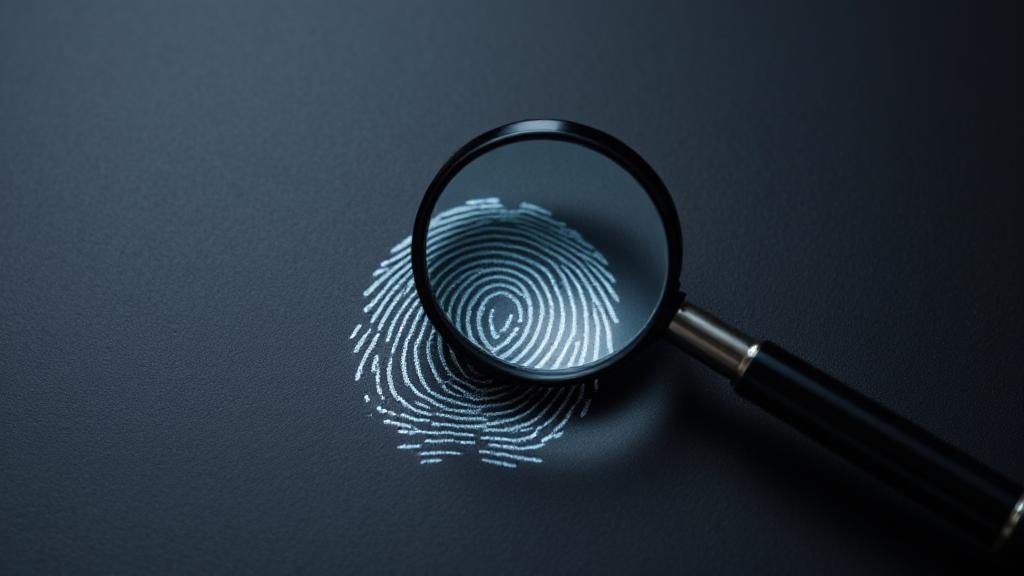What is Forensic Science?
Forensic science is the intersection of science and law, involving the application of scientific principles and techniques to solve crimes and administer justice. It encompasses various disciplines, each contributing to criminal investigations and legal proceedings. The primary goal is to provide objective evidence that can be used in court to support or refute claims made by the prosecution or defense.
Key Disciplines
Physical Sciences
- Forensic Chemistry: Analysis of substances such as drugs, explosives, toxins, and non-biological trace evidence
- Forensic Physics: Examination of physical evidence patterns
- Forensic Engineering: Investigation of structural and mechanical failures
Biological Sciences
- Forensic Biology: Analysis of biological materials and DNA profiling
- Forensic Pathology: Performance of autopsies to determine cause and manner of death
- Forensic Toxicology: Study of drugs and poisons in the body
- Forensic Anthropology: Study of human remains to determine identity and cause of death
- Forensic Odontology: Study of dental records to identify remains and analyze bite marks
Modern Applications and Crime Scene Investigation
Forensic scientists follow Locard's Exchange Principle that "every contact leaves a trace". Learn more about Locard's Principle.
Key elements of crime scene investigation include:
- Documentation through photography and sketching
- Evidence collection and preservation
- Chain of custody maintenance
- Laboratory analysis
- Expert testimony
Digital Forensics
With the rise of technology, digital forensics has become increasingly important:
Tools and Techniques
Forensic scientists employ various tools and techniques, including:
- Microscopy: Examination of small evidence such as hair and fibers
- Spectroscopy: Analysis of chemical composition of evidence
- Chromatography: Separation and analysis of evidence components
- DNA Analysis: Techniques such as PCR and sequencing
- Computer Forensics: Software and hardware tools for digital evidence
Quality Assurance and Best Practices
| Principle | Implementation |
|---|---|
| Objectivity | Unbiased analysis |
| Documentation | Detailed records |
| Validation | Method verification |
| Quality Control | Regular testing |
| Continuous Education | Ongoing training |
The Importance of Forensic Science
Forensic science is essential for ensuring justice is served for several reasons:
- Accuracy: Provides precise and reliable evidence critical in determining guilt or innocence
- Objectivity: Based on scientific principles rather than subjective testimony
- Deterrence: Knowledge of forensic capabilities deters potential criminals
- Closure: Provides closure for victims and families by identifying perpetrators
Future Directions and Emerging Technologies
Recent advances have revolutionized forensic science:
Advanced Analytics
- Rapid DNA analysis
- 3D crime scene scanning
- Artificial intelligence in pattern recognition
- Advanced chemical imaging
Database Integration
- CODIS (Combined DNA Index System)
- AFIS (Automated Fingerprint Identification System)
- NIBIN (National Integrated Ballistic Information Network)
For more information on forensic science and its applications, visit the American Academy of Forensic Sciences website or learn about DNA forensics.
